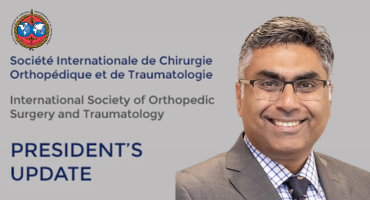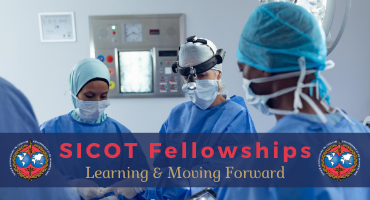Addressing Issues of Inclusive Workplace Culture for Women Orthopaedic Surgeons in Academia: A Qualitative Investigation
J Bone Joint Surg Am. 2025 Mar 28. doi: 10.2106/JBJS.24.01134. Online ahead of print.
ABSTRACT
BACKGROUND: The scarcity of women in academic orthopaedics has persisted for decades despite general interest in promoting diversity. Therefore, we aimed to understand what aspects of workplace culture enhance or detract from building an inclusive workplace for women surgeons in academic orthopaedics.
METHODS: Women orthopaedic surgeons in the United States with a range of training backgrounds, races/ethnicities, academic institutions, subspecialties, and geographic locations were recruited using purposive sampling techniques until thematic saturation was achieved. All women currently hold or previously held an academic position in orthopaedics. Forty-minute virtual semistructured interviews were conducted from December 2023 to April 2024. Data were analyzed using grounded theory methodology to develop a conceptual model of inclusive culture.
RESULTS: Of the 35 women approached for participation, 26 (74%) participated. Eighty-one percent were currently in academia, and 19% had left academia; 12% identified as Asian, and 23% identified as Underrepresented in Medicine (URiM). Our model of inclusive workplace culture is built on 2 interrelated pillars: "supportive structures" and "social inclusion." The first pillar, supportive structures, is primarily under the direction of department leaders and includes themes of intentional career development, valuing diverse contributions, transparent policies, and building department cohesiveness. The second pillar, social inclusion, relies on all members of an organization. Themes within social inclusion are respect for women, male allyship, women supporting women, and true integration of women surgeons.
CONCLUSIONS: With intentional effort, orthopaedic departments can create the structures of support necessary to foster women's career success, as well as the social inclusion to encourage their longevity in academia.
CLINICAL RELEVANCE: TK.
PMID:40153480 | DOI:10.2106/JBJS.24.01134














